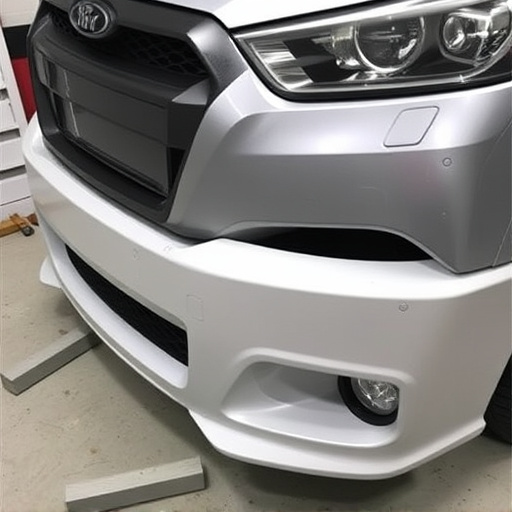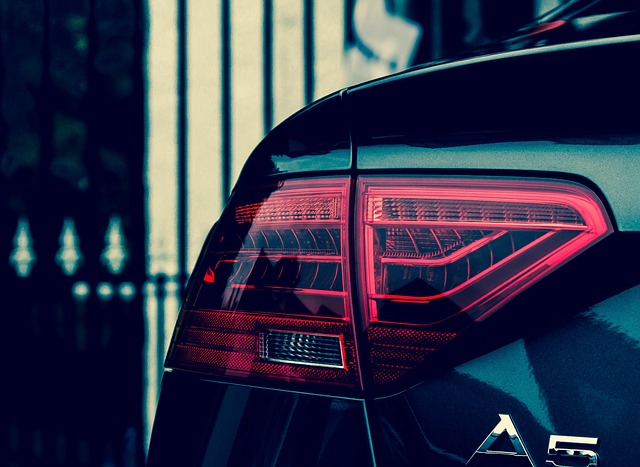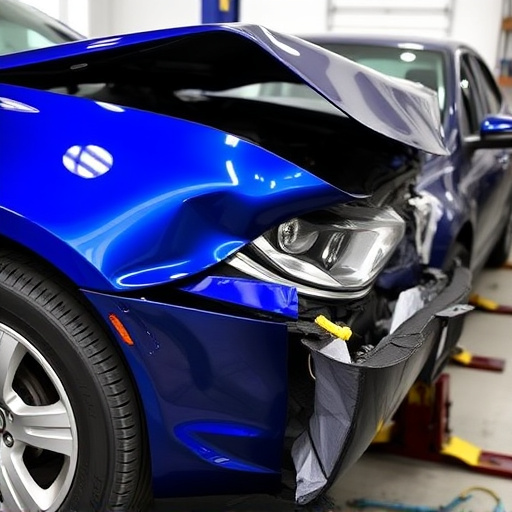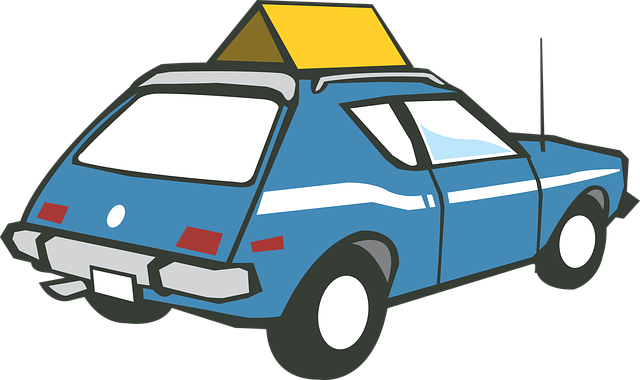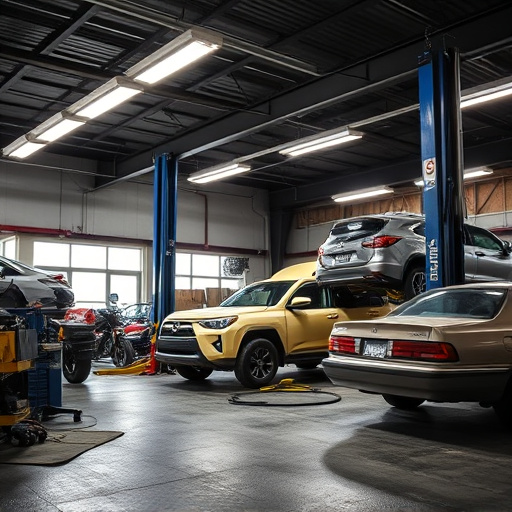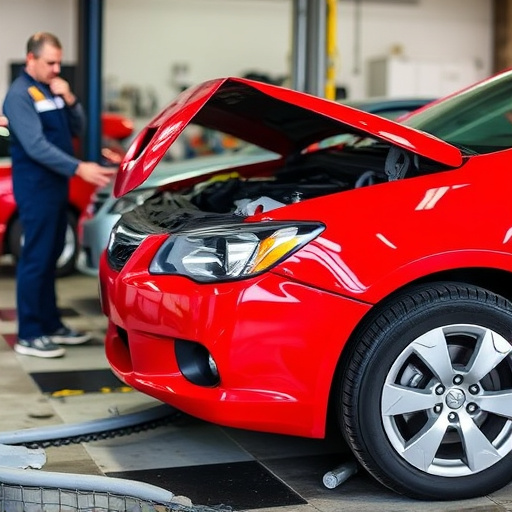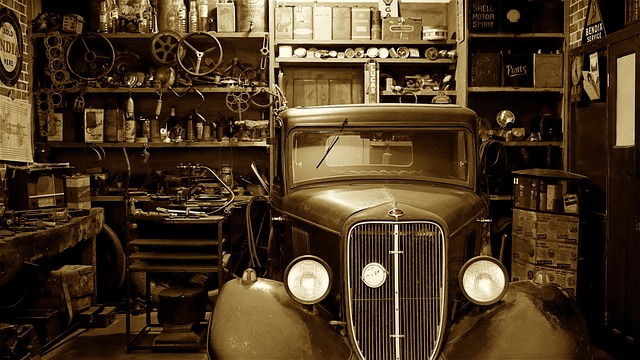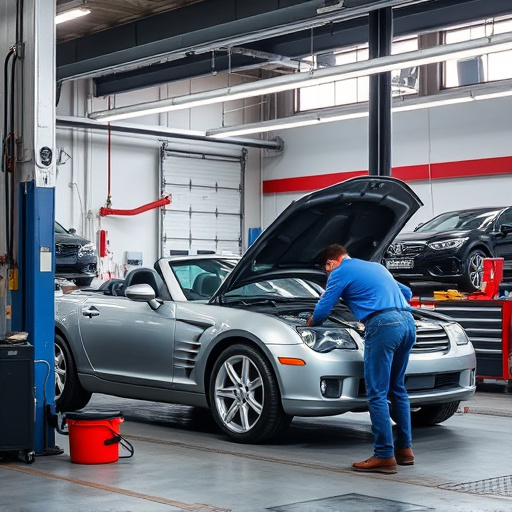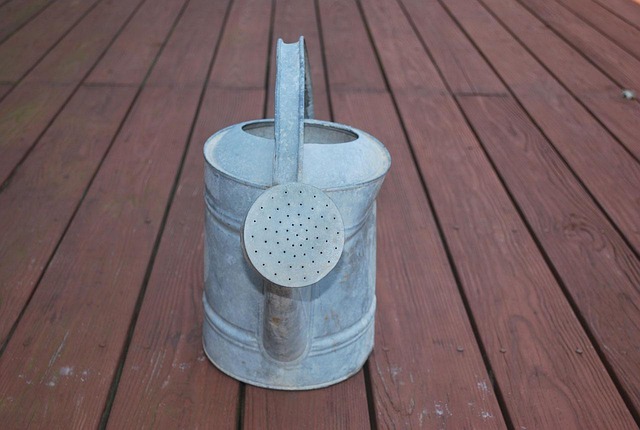Performance car body repair is a meticulous blend of advanced technology and expert judgment. Technicians use laser scanners, CAD software, and hydraulic presses to assess structural integrity, alignment, panel gaps, and critical components like chassis and suspension. This comprehensive approach ensures every aspect of the vehicle is restored to optimal condition, meeting high standards. By combining advanced tools with skilled craftsmanship, reliable assessments and tailored repairs are achieved, preserving aesthetics and structural integrity while maintaining vehicle value.
“Uncover the fundamentals of performance car body repair in this comprehensive guide. Whether you’re a seasoned mechanic or an enthusiast taking on DIY projects, understanding the basics is key to achieving top-tier results. From evaluating damage and assessing performance car bodies to mastering precise repair techniques and restoring intricate aesthetics, each step demands meticulous attention. By delving into these processes, you’ll equip yourself with the knowledge needed for successful and safe performance car body repairs.”
- Evaluating Damage: Assessing Performance Car Bodies
- Techniques for Precise and Safe Repairs
- Restoring Aesthetics: Matching and Painting Panels
Evaluating Damage: Assessing Performance Car Bodies

Evaluating damage is a critical step in performance car body repair. When assessing a high-performance vehicle’s body, it’s essential to go beyond visual inspection and consider factors like structural integrity, alignment, and panel gaps. Damage can range from small dents and scratches to more severe issues such as crumpled panels or misaligned frames. Utilizing advanced diagnostic tools, including laser scanners and computer-aided design (CAD) software, allows for precise measurements and detailed analyses. This ensures that every component is in optimal condition before proceeding with any repair, guaranteeing both the aesthetics and safety of the vehicle.
In addition to technological aids, experienced technicians rely on their keen eye for detail and extensive knowledge of automotive engineering. They inspect areas often overlooked but critical to performance, such as chassis components and suspension systems. The goal is to restore the car not just to its original state, but also to ensure it meets the high standards set by performance enthusiasts. By combining these methods—from advanced technology to expert human judgment—a reliable assessment of damage can be made, paving the way for effective and tailored performance car body repair services.
Techniques for Precise and Safe Repairs

In performance car body repair, precision and safety are paramount to preserving both the aesthetics and structural integrity of the vehicle. Skilled technicians employ a range of advanced techniques to ensure accurate repairs that match the car’s original factory specifications. These include using specialized tools designed for intricate work, such as hydraulic presses and computer-aided cutting systems, which minimize damage to surrounding panels and components during disassembly and repair.
One common challenge in performance car body repair is addressing dents and dings caused by minor accidents, often referred to as fender benders. Technicians use methods like plastic welding and air bag removal for deep dents, while lighter impacts can be corrected with techniques like hammering and hand tools. For auto glass repair, replacement with OEM (Original Equipment Manufacturer) glass is recommended to maintain structural integrity and optical clarity. Vehicle paint repair requires meticulous preparation, including sandblasting and priming, to ensure a seamless blend with the existing finish, preventing visible patches or inconsistencies that can detract from the car’s overall appearance.
Restoring Aesthetics: Matching and Painting Panels

Restoring a performance car’s aesthetics involves meticulous craftsmanship to match and paint panels like new. It begins with careful inspection to identify any gaps, dents, or discoloration that require repair. Skilled technicians use specialized tools to remove damaged panels, ensuring they are properly prepared for repainting. This process includes sanding, priming, and applying base coats to create a smooth surface for the final finish.
Matching colors accurately is crucial in performance car body repair. Technicians refer to original equipment manufacturer (OEM) specifications or utilize advanced color-matching technology to ensure the new paint blends seamlessly with the existing body panels. This attention to detail not only enhances the car’s visual appeal but also maintains its overall value. A well-restored exterior, free from visible imperfections, is a testament to the skill and precision of the auto maintenance experts at a reputable car repair shop.
In conclusion, mastering performance car body repair involves a meticulous process from damage assessment to aesthetic restoration. By understanding the unique challenges of these high-performance vehicles, technicians can ensure precise and safe repairs that maintain structural integrity and visual appeal. Armed with the right knowledge and techniques, professionals can revive damaged performance cars to their former glory, showcasing exceptional craftsmanship in every detail. This comprehensive guide on performance car body repair equips enthusiasts and professionals alike to tackle challenges head-on, ensuring these machines not only run but also look their best.
